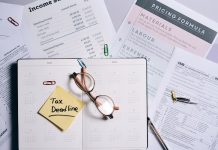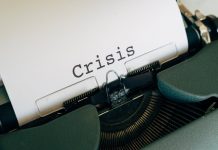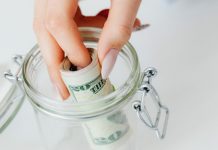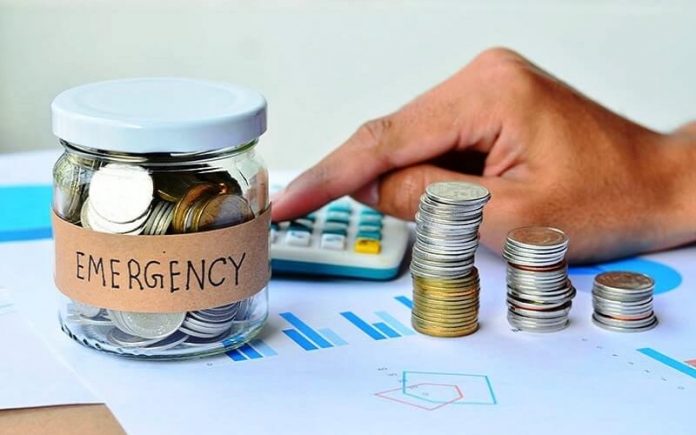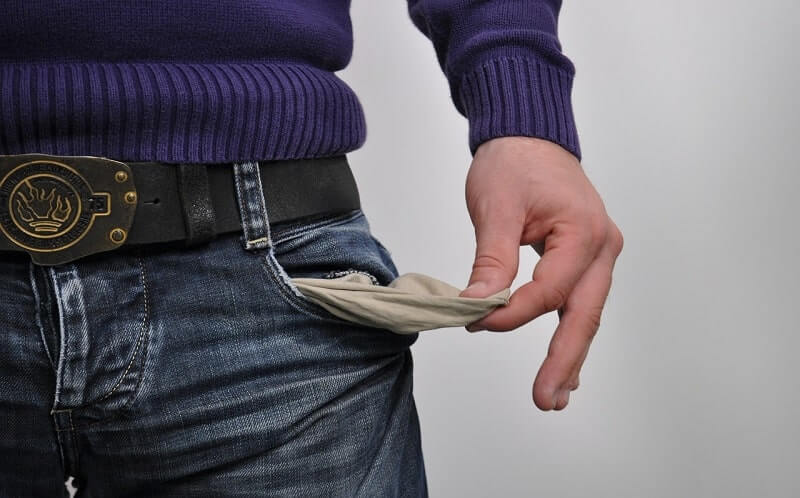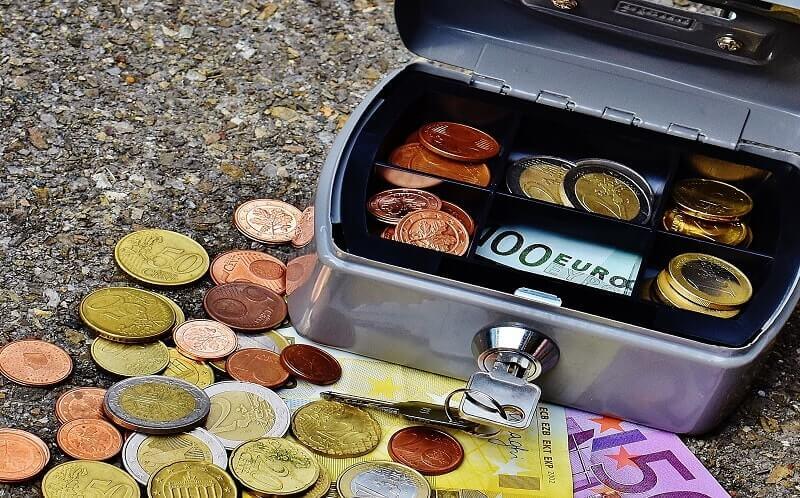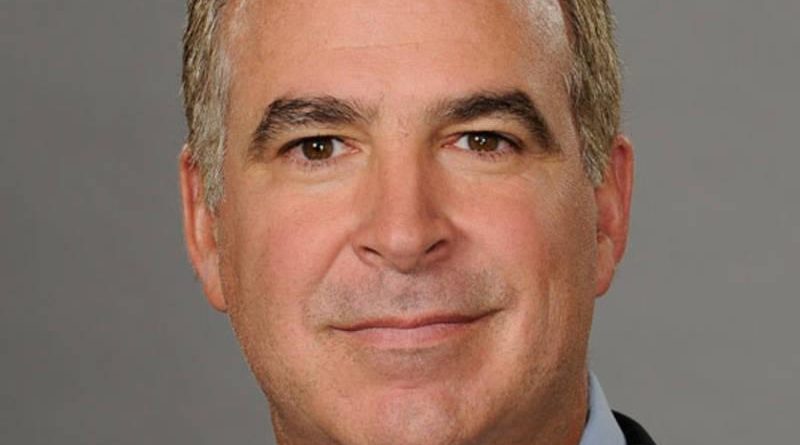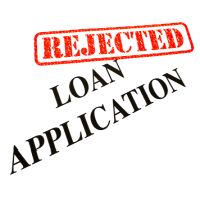The phrase “emergency fund” refers to money that has been set aside for the purpose of being used in times of financial hardship.
In order to enhance financial security, an emergency fund should be established to serve as a safety net that may be utilized to cover unexpected costs such as medical bills or significant house repairs.
The majority of the assets in an emergency fund are cash and other highly liquid assets. Because of this, you will have less need to either borrow money from high-interest debt sources such as credit cards or unsecured loans or jeopardize your future financial stability by withdrawing from retirement savings.
Important Takeaways
An emergency fund is a financial safety net that may be used to cover the costs of future accidents and/or unplanned expenditures.
- However, given the impending 2020 economic crisis and lockdown, some experts are recommending that emergency savings be stocked with up to a year’s worth of expenditures.
- It is recommended that individuals store their emergency money in accounts that are readily accessible and may be quickly liquidated.
- Tax refunds and other windfalls may be used to build up a person’s savings account.
Understanding the Function of Emergency Funds
When you set money aside with the intention of using it during times of financial difficulty, you are said to have established an emergency fund. This includes things like losing your job, suffering a severe sickness, or needing to make significant repairs to your house or vehicle, not to mention the kind of massive economic crisis and lockdown that occurred in 2020, among other things.
An emergency fund’s appropriate size may vary depending on a variety of variables such as your financial position, expenditures, way of life, and debt obligations. Many financial gurus recommend setting away 3 to 6 months’ worth of expenses as a safety net in case of unforeseen expenses, such as a small medical bill or a short spell of unemployment. Some experts, on the other hand, advocate for an even larger buffer. A celebrity financial advisor, recommends setting up an emergency fund that can cover up to eight months’ worth of expenditures, as an example. 2 And she made that claim long before the 2020 crisis, which served as a sobering reminder of how quickly and deeply an economic downturn can take hold.
It is possible that your individual circumstances may determine the exact amount of savings with which you are comfortable saving. For example, a single adult without children may be satisfied with enough money to cover three months of expenditures, while the only earner for a whole family may need enough money to cover half a year or more of expenses.
4 According to research, many Americans fall well short of the required levels of vitamin D. In fact, according to a Federal Reserve study conducted in 2019, just 63 percent of Americans were able to pay a $400 expenditure using cash or financial equivalents.
You may want to start with more modest financial objectives, such as placing 2 percent of your net salary into a rainy day fund and gradually increasing your contribution rate every few months if you’re living paycheck to paycheck. Even a small safety net may help you buy some time if you find yourself in the midst of an unexpected financial crisis.
It may be tempting to spend your money for incidental or frivolous reasons; nevertheless, you must avoid depleting this resource for any reason other than a real emergency by following the above guidelines.
How to Start a Savings Account for an Emergency Fund
When it comes to building up an emergency fund, getting started as soon as possible is critical since it allows you to build up a comfortable buffer against unforeseen expenses later in life.
5 It is very simple to get a head start on emergency money. Here are two straightforward methods for starting to save for one.
Every month, set away a sum that is comfortable for you from your earnings. Create an emergency fund by estimating your living costs for the desired time and setting a target amount as your goal for the fund. You may then redirect a part of your paycheck to that account, possibly by setting up an automated transfer to that account once a month from your checking account. Once the fund has been established, additional funds should be placed in it for the long term or for other purposes, such as a down payment on a home. Once you’ve exhausted your retirement savings, you may want to consider putting that money into an investing account with greater risks and potential returns.
Conclusion
Keep your tax refund in a safe place. Some people may be tempted to conceive of a tax return or stimulus cheque as more money to spend on discretionary items. Instead, try allocating money to your emergency fund, which will provide you with an additional financial buffer.

